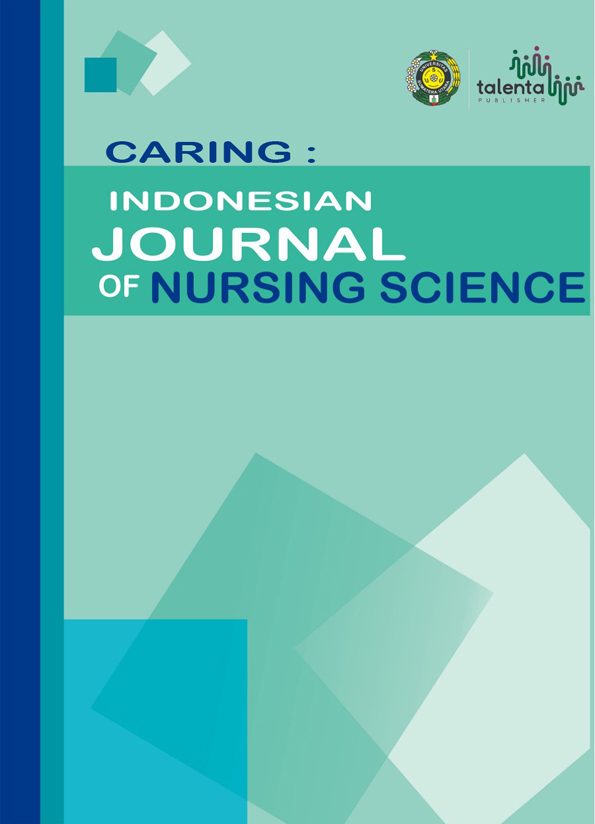Factors Related to Community Knowledge of Rabies Management in Sintang, West Kalimantan
DOI:
https://doi.org/10.32734/ijns.v1i2.2046Abstract
Rabies is an acute infectious disease in central nervous system which is the effect of a zoonotic virus that spread through direct contact to the wound or mucosa by infected animal saliva or paw. Rabies virus has been transmitted to human through a animal’s rabies transmitters bite like dog, car, and ape. Indonesia is a Country with a high prevalence of rabies. The low level of knowledge and lack of source of informations lead rabies prevention still become a serious problem. Purpose of this research is to knowing factors that influence society level of knowledge about rabies handling in Desa Sekubang, Sintang, West espondent. This research using descriptive quantitative correlation method with cross sectional approaches. There are 146 patriarch respondent in Desa Sekubang that has been comply inclusion criteria. The research result show that 63,7% espondent age 20-40, 49,3% respondent only studied until elementary school, 86,3% got the information from healthcare workers, 91,1% has a risk environment, and 89% have a good knowledge. Kendall’s tau-c and Chi-square correlation test statistically have a relation between age (p=0,114), education (p=0,000), environment (p=0,000), information from healthcare workers and the level of knowledge about rabies handling.Therefore this research shows the source of information from healthcare workers is very important to increase knowledge of rabies handling.








